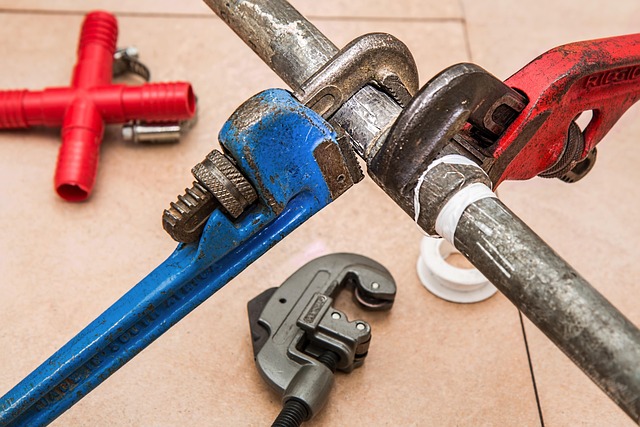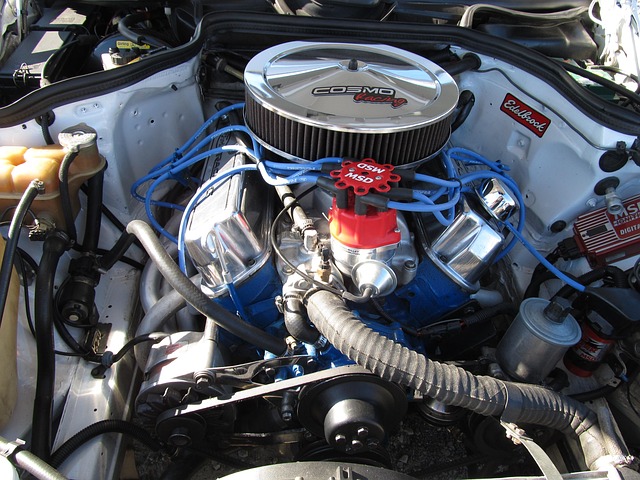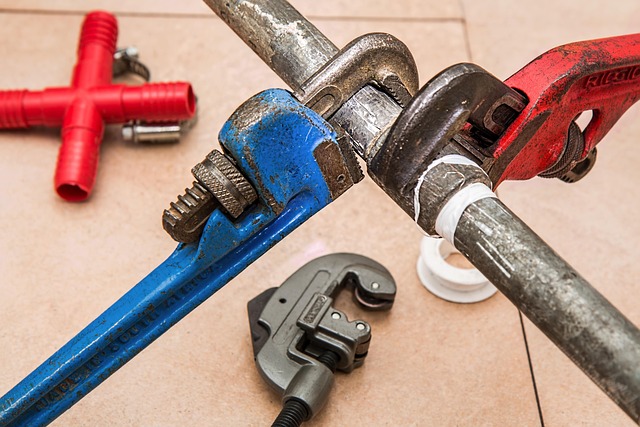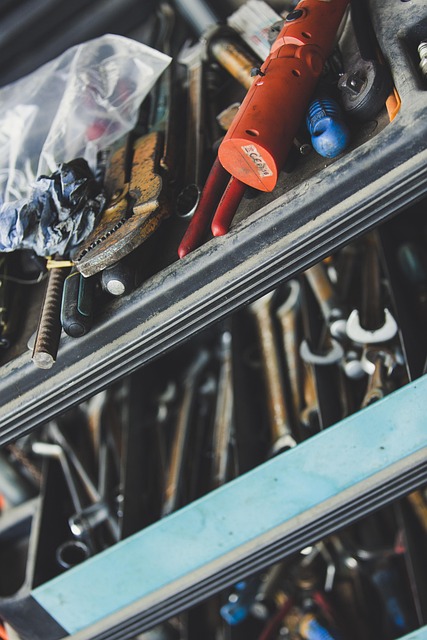Dented fenders are common automotive issues caused by minor collisions or debris. DIY repair methods vary based on dent severity, from using rubbing compound for light dents to specialized tools for more severe cases. Success requires the right tools (like dent pullers and paint), safety gear, and proper preparation. This guide offers a comprehensive approach to fixing dented fenders, emphasizing assessment, sanding, filling, priming, and painting. Regular maintenance, including basic DIY repairs like brake pad replacement, prevents costly issues and extends vehicle lifespan. "Select DIY Auto Repairs" empowers car enthusiasts to take control of their vehicle's health and upkeep.
“Discover how to tackle common car issues with our guide to fixing a dented fender—a crucial skill for any car owner. Learn about the various causes and types of fender dents, empowering you to make informed decisions. With the right tools and safety precautions, you can perform this DIY auto repair successfully. We’ll walk you through preparation, step-by-step guidance, finishing techniques, and maintenance tips to ensure your vehicle looks as good as new. Take control of your car’s upkeep with these select DIY auto repairs.”
- Understanding Dented Fenders: Common Causes and Types
- Gather the Right Tools and Materials for DIY Repair
- Preparation: Safety Measures and Surface Readiness
- Step-by-Step Guide to Fixing a Dented Fender
- Techniques for Concealing Scars and Achieving a Smooth Finish
- Tips for Future Prevention and Maintenance
Understanding Dented Fenders: Common Causes and Types

Dented fenders are a common issue that many vehicle owners face at some point in their driving careers. Understanding the causes and types of these dents is the first step toward selecting the best DIY auto repairs for your specific situation. The most prevalent causes include minor collisions, parking lot mishaps, and road debris such as rocks or branches. These incidents can result in various dent types: from shallow indentations to more severe, deep creases that affect the overall shape of the fender.
When it comes to fixing a dented fender, there are several DIY options available, similar to tasks like a diy transmission fluid change or car window tint installation. Minor dents can often be repaired using methods like rubbing compound and a buffer for a smooth finish, while more significant dents might require specialized tools and techniques, akin to those used in a diy muffler repair. Choosing the right approach depends on both the severity of the dent and your comfort level with carrying out auto repairs yourself.
Gather the Right Tools and Materials for DIY Repair

When tackling a dented fender repair as a DIY project, having the right tools and materials is paramount. Start by selecting a high-quality dent puller or a mallet, which are essential for gently removing the dents from your car’s exterior panel. Additionally, gather some rubber chocks, safety glasses, and work gloves to ensure a safe and efficient repair process. For the finishing touches, invest in a good quality auto paint that matches your vehicle’s color, along with brushes or a spray gun if you plan to repaint the area.
Remember, when choosing materials for your DIY auto repairs, opt for products specifically designed for car body work. This ensures compatibility and longevity of the fix, whether it involves fixing a flat tire steps, learning how to change oil yourself, or even performing a car brake bleeding diy. With the right tools at hand, you’ll be ready to tackle that dented fender with confidence.
Preparation: Safety Measures and Surface Readiness

Before tackling any DIY auto repairs, ensuring safety and proper preparation is paramount. When it comes to fixing a dented fender, the first step involves evaluating both your vehicle’s condition and your own skill level. Always wear protective gear, including gloves and safety glasses, to shield yourself from debris and potential hazards. The work area should be well-lit and clear of obstacles for easy access and maneuverability.
Additionally, check that the surface is clean and free from grease or oil residue. A thorough cleaning with a suitable cleaner can ensure better adhesion for the repair process. If there are any loose parts, such as broken taillight lenses or a loosened steering wheel, address them first to maintain stability and avoid further damage during the fender repair. Remember, selecting the right DIY auto repairs based on your comfort level and your vehicle’s condition is key to achieving a successful and safe outcome.
Step-by-Step Guide to Fixing a Dented Fender

Fixing a dented fender can be a rewarding DIY auto repair project for car enthusiasts. Here’s a step-by-step guide to help you get started, making your vehicle look like new again. Begin by gathering the necessary tools and materials, including a dent puller or hammer, plastic mallet, sandpaper (various grits), primer, paint, and a cloth for cleaning. Ensure proper ventilation in your work area due to potential fumes from the paint.
First, assess the damage and decide if it’s feasible to fix on your own. If the dent is shallow, you can attempt to pull it out using the dent puller or hammer and mallet. Carefully apply pressure while guiding the tool along the edge of the dent to avoid further damage. Once the dent is removed, use finer grit sandpaper to smoothen any rough edges or scratches. After cleaning the area, prime the fender to prepare it for painting. Apply even coats of primer, allowing each layer to dry completely before moving on. Finally, paint over the primed surface with your chosen color, using a brush or spray can for a smooth finish, and let it dry thoroughly before returning your vehicle to the road. Remember that practice makes perfect, so don’t hesitate to experiment on less visible parts of your car before tackling the fender.
Techniques for Concealing Scars and Achieving a Smooth Finish

When repairing a dented fender, achieving a smooth finish is crucial for both aesthetics and long-term durability. After making the necessary repairs, it’s essential to focus on concealing any scars left behind. One effective technique involves using body filler or putty to smooth over the damaged area, ensuring it blends seamlessly with the surrounding metal. Allow the filler to dry completely before sanding down the surface for a fine finish.
For a professional look, consider using a dual-action sander and fine-grit sandpaper to achieve a smooth base. Apply a coat of primer to even out any remaining imperfections, allowing it to dry thoroughly. Finally, use high-quality paint designed for automotive repair, matching the original color precisely. By following these steps, you can select DIY auto repairs that not only fix the dented fender but also restore its appearance to nearly new conditions, without any noticeable scars or blemishes.
Tips for Future Prevention and Maintenance

To prevent future dents and maintain the overall health of your vehicle, consider incorporating regular maintenance practices into your routine. Start by learning basic DIY auto repairs, such as a diy brake pad replacement guide. Regularly inspect your car for any signs of damage, addressing issues promptly to avoid further complications. For example, a quick inspection can reveal a loose or damaged fender, which is much easier and more cost-effective to repair than a severe dent.
Additionally, don’t overlook the interior of your vehicle. A restore old car interior project can not only enhance aesthetics but also prolong the life of your car’s interior. Regular cleaning and conditioning keep fabrics and leathers in good condition, while a simple replace air filter car can improve performance and fuel efficiency. These proactive measures contribute to better overall maintenance and can save you time and money in the long run.
Repairing a dented fender can be a rewarding DIY auto repair project, allowing you to restore your vehicle’s aesthetic appeal. By understanding the causes and types of dents, gathering the right tools, and following a systematic approach, you can achieve a smooth finish that blends seamlessly with your car’s body. Remember, proper preparation and safety measures are key to successful results. With the right techniques for concealing scars and ongoing maintenance tips, you’ll not only fix the dent but also ensure your vehicle retains its value and looks its best. So, whether it’s a minor bump or a more significant impact, selecting DIY auto repairs can be an effective solution for restoring your car’s fender to its original condition.
